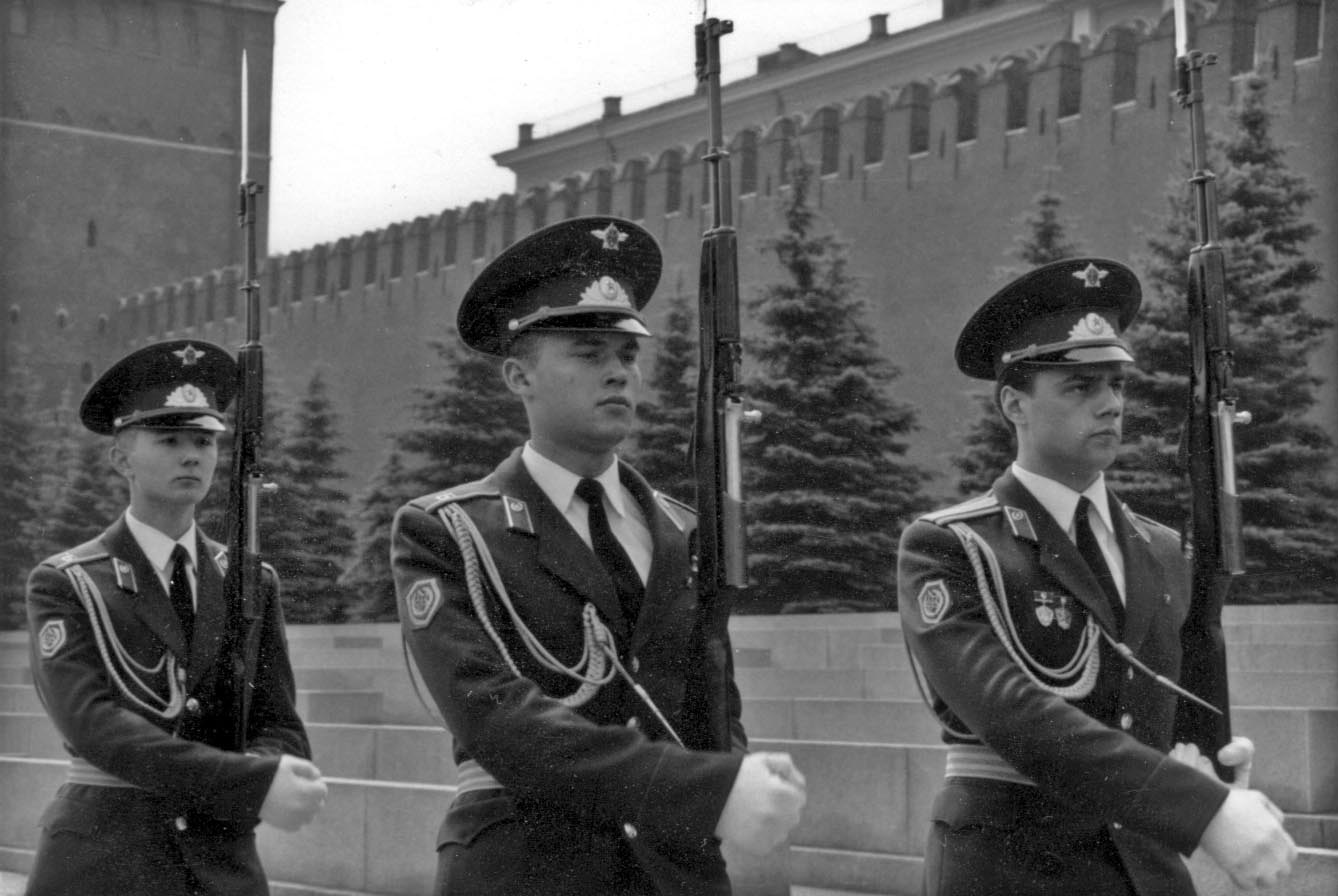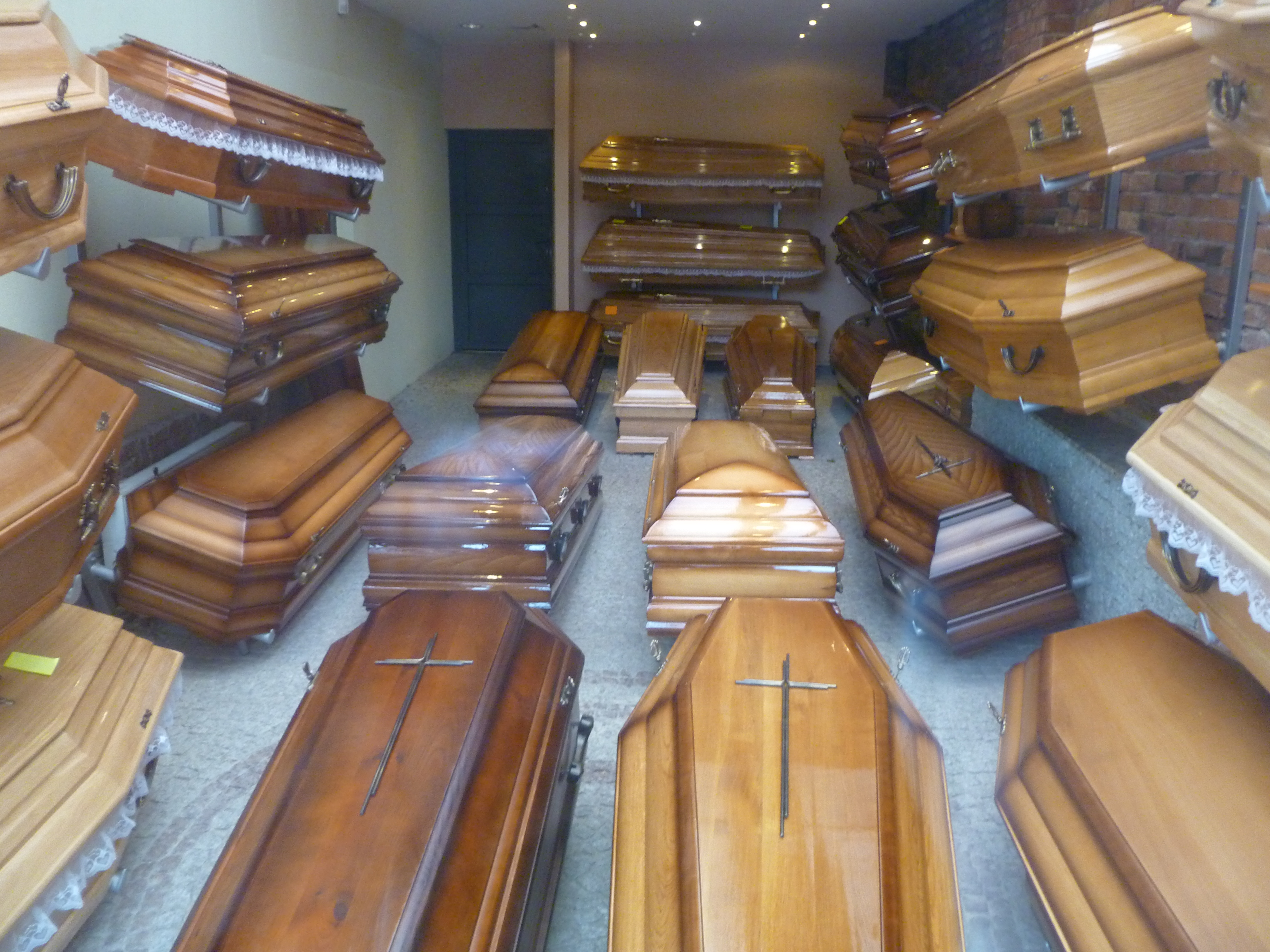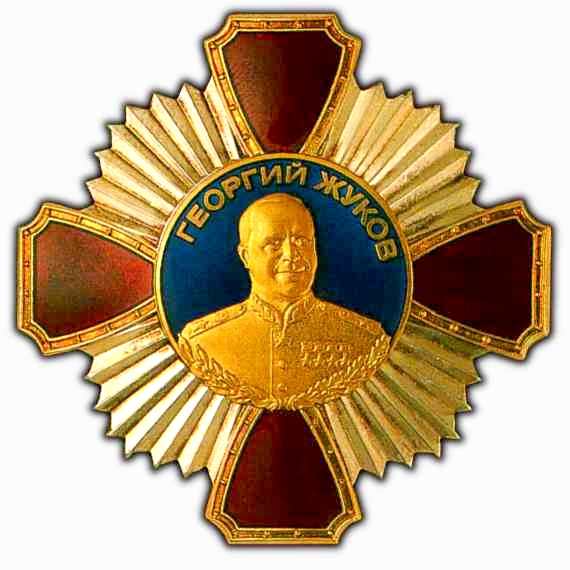|
Post No. 1
The Honor Guard Post at the Eternal Flame at the Tomb of the Unknown Soldier near the walls of the Moscow Kremlin () also known as Post No. 1 ) is the main guard post in Russia. It was established and installed near Lenin's Mausoleum in 1924 after the death of Vladimir Lenin. In 1993, by decree of the President of Russia, Boris Yeltsin, Post No. 1 was abolished, and in 1997 it was restored in the Alexander Garden near the Tomb of the Unknown Soldier. Guard duty is performed by servicemen of the Presidential Regiment. History Background A detailed ceremony for changing the guard of honour was developed during the reign of Paul I and was used until the beginning of the 20th century. Under Paul I, the troops were given Prussian-style uniforms, the army was retrained in new drill formations, and the usual ceremony of the guard parade (mounting the guard) turned into an important state matter with the obligatory participation of the emperor or his heir. During the Imperial Russia peri ... [...More Info...] [...Related Items...] OR: [Wikipedia] [Google] [Baidu] |
Tomb Of The Unknown Soldier (Moscow)
The Tomb of the Unknown Soldier ( rus, Могила Неизвестного Солдата, , mɐˈɡʲilə nʲɪɪˈzvʲɛsnəvə sɐlˈdatə) is a war memorial in the Alexander Garden in Moscow near the Kremlin dedicated to the Soviet soldiers killed during World War II. It was designed by architects D. I. Burdin, V. A. Klimov, Yu. R. Rabayev and sculptor Nikolai Tomsky. History The remains of the unknown soldiers killed in the Battle of Moscow in 1941 were initially buried in a mass grave of the Shtyki Memorial at the 40th km of the Leningrad highway at the city of Zelenograd. This was the location of the closest approach of the German armies to Moscow during the war. To commemorate the 25th anniversary of the battle, in December 1966 these remains were relocated to the Kremlin Wall. In 1997, the Post No. 1 Guard of the Kremlin Regiment (which had guarded the Lenin Mausoleum) was restored at the Tomb of the Unknown Soldier by the federal law of December 8, 19 ... [...More Info...] [...Related Items...] OR: [Wikipedia] [Google] [Baidu] |
1993 Russian Constitutional Crisis
In September and October 1993, a constitutional crisis arose in the Russian Federation from a conflict between the then Russian president Boris Yeltsin and the country's parliament. Yeltsin performed a self-coup, dissolving parliament and instituting a presidential rule by decree system. The crisis ended with Yeltsin using military force to attack Moscow's House of Soviets and arrest the lawmakers. In Russia, the events are known as the "October Coup" () or "Black October" (). With the dissolution of the Soviet Union in December 1991, the Russian Soviet Federative Socialist Republic turned into an independent country, the Russian Federation. The Soviet-era 1978 Russian constitution remained in effect, though it had been amended in April 1991 to install a president independent of the parliament. Boris Yeltsin, elected president in July 1991, began assuming increasing powers, leading to a political standoff with Russia's parliament, which in 1993 was composed of the Congress o ... [...More Info...] [...Related Items...] OR: [Wikipedia] [Google] [Baidu] |
1990-Moscow
Year 199 ( CXCIX) was a common year starting on Monday of the Julian calendar. At the time, it was sometimes known as year 952 ''Ab urbe condita''. The denomination 199 for this year has been used since the early medieval period, when the Anno Domini calendar era became the prevalent method in Europe for naming years. Events By place Roman Empire * Mesopotamia is partitioned into two Roman provinces divided by the Euphrates, Mesopotamia and Osroene. * Emperor Septimius Severus lays siege to the city-state Hatra in Central-Mesopotamia, but fails to capture the city despite breaching the walls. * Two new legions, I Parthica and III Parthica, are formed as a permanent garrison. China * Battle of Yijing: Chinese warlord Yuan Shao defeats Gongsun Zan. Korea * Geodeung succeeds Suro of Geumgwan Gaya, as king of the Korean kingdom of Gaya (traditional date). By topic Religion * Pope Zephyrinus succeeds Pope Victor I, as the 15th pope. Births Valerian Roman ... [...More Info...] [...Related Items...] OR: [Wikipedia] [Google] [Baidu] |
Commandant's Office Of The Moscow Kremlin
The Commandant's Office of the Moscow Kremlin () is an administration unit of the Federal Protective Service of Russia. Its duties include inspecting visitors to the Kremlin and providing security to the Kremlin interior and buildings exterior from the Kremlin Wall such as Lenin's Mausoleum. Internally, has authority over the operation of certain Kremlin museums. The Commandant of the Moscow Kremlin is the operational head of the office. It has direct control over the Kremlin Regiment, which notably maintains a permanent honor guard at the eternal flame of the Tomb of the Unknown Soldier. History In 1918, the new leadership of the RSFSR moved to the Moscow Kremlin, the protection of which was immediately carried out by the commandant's office of the Moscow Kremlin. Until January 1936, the office was not included in the command structure of either the Red Army or the NKVD, being subordinate to the military department on the Rights of the sector of the Moscow Military District. On 2 ... [...More Info...] [...Related Items...] OR: [Wikipedia] [Google] [Baidu] |
Tyumen
Tyumen ( ; rus, Тюмень, p=tʲʉˈmʲenʲ, a=Ru-Tyumen.ogg) is the administrative center and largest types of inhabited localities in Russia, city of Tyumen Oblast, Russia. It is situated just east of the Ural Mountains, along the Tura (river), Tura River in North Asia. Fueled by the Russian oil and gas industry, Tyumen has experienced rapid population growth in recent years, rising to a population of 847,488 at the 2021 Census. Tyumen is among the largest cities of the Ural (region), Ural region and the Ural Federal District. Tyumen is often regarded as the first Siberian city, from the western direction. Tyumen was the first Russian settlement in Siberia. Founded in 1586 to support Russia's eastward expansion, the city has remained one of the most important industrial and economic centers east of the Ural Mountains. Located at the junction of several important trade routes and with easy access to navigable waterways, Tyumen rapidly developed from a small military settle ... [...More Info...] [...Related Items...] OR: [Wikipedia] [Google] [Baidu] |
People's Commissariat For State Security
The People's Commissariat for State Security () or NKGB, was the name of the Soviet secret police, intelligence and counter-intelligence force that existed from 3 February 1941 to 20 July 1941, and again from 1943 to 1946, before being renamed the Ministry for State Security ( MGB). Separate administration Changes in Soviet apparatus began in February 1941 with the Presidium of the Supreme Soviet decision. It started with Military Counterintelligence. On 3 February 1941, the 4th Department (Special Section, OO) of GUGB within the NKVD security service responsible for the Red Army military counter-intelligence, consisting of 12 Sections and one Investigation Unit, was separated from the GUGB NKVD. The official liquidation of the OO GUGB and GUGB as organized units within the NKVD was announced on 12 February 1941 by a joint order № 00151/003 of the NKVD and NKGB USSR. The rest of the GUGB was abolished and staff were moved to the newly created People's Commissariat for St ... [...More Info...] [...Related Items...] OR: [Wikipedia] [Google] [Baidu] |
Spasskaya Tower
The Spasskaya Tower (), also translated as the Saviour Tower, is the main tower on the eastern wall of the Moscow Kremlin which overlooks Red Square. History Early history The construction of the Spasskaya Tower was commissioned by Grand Prince Ivan III the Great. It was built in 1491 by the Italian architect Pietro Antonio Solari. Initially, it was named the Frolovskaya Tower after the Church of Frol and Lavr in the Kremlin, which is no longer there. The tower's modern name comes from the icon of ''Spas Nerukotvorny'' (), translated as the "Saviour Not Made by Hands", which was placed above the gates on the inside wall in 1658. It was later removed in 1917. The tower is also named for the wall-painted icon of ''Spas Smolensky'' (), translated as the "Smolensk Saviour", which was created in the 16th century on the outside wall of the tower, plastered over in 1937, but reopened and restored in 2010. In 1508, a wooden drawbridge connected the tower to a guardhouse after the Ale ... [...More Info...] [...Related Items...] OR: [Wikipedia] [Google] [Baidu] |
Kremlin Regiment
The Kremlin Regiment (), also called the Presidential Regiment (), is a unique military regiment and part of the Russian Federal Protective Service (Russia), Federal Protective Service with the status of a special unit. The regiment ensures the security of the Moscow Kremlin, Kremlin, its treasures, and state officials. In accordance with the federal law of December 8, 1997 "On Immortalizing the Soviet People’s Victory in the Great Patriotic War of 1941–1945", the regiment also maintains a honor guard, guard of honor () at the eternal flame of the Tomb of the Unknown Soldier (Moscow), Tomb of the Unknown Soldier known as Post No. 1 . The regiment is housed in the historic Kremlin Arsenal. History When the leaders of the Soviet Union moved from Petrograd to the Moscow Kremlin in early 1918, their protection was entrusted to the Red Latvian Riflemen, under the command of the Commandant of the Kremlin Garrison. In September 1918, the Latvian Riflemen left for the fronts of the ... [...More Info...] [...Related Items...] OR: [Wikipedia] [Google] [Baidu] |
Coffin
A coffin or casket is a funerary box used for viewing or keeping a corpse, for burial, entombment or cremation. Coffins are sometimes referred to as caskets, particularly in American English. A distinction is commonly drawn between "coffins" and "caskets", using "coffin" to refer to a tapered hexagonal or octagonal (also considered to be anthropoidal in shape) box and "casket" to refer to a rectangular box, often with a split lid used for viewing the deceased as seen in the picture. Receptacles for cremated and cremulated human ashes (sometimes called cremains) are called urns. Etymology ''Coffin'', First attested in English in 1380, derives from the Old French , from -4; we might wonder whether there's a point at which it's appropriate to talk of the beginnings of French, that is, when it wa ... , from [ latinisation of Greek language">Greek κόφινος (''kophinos''), all meaning ''basket''. The earliest attested form of the word is the Mycenaean Greek ''ko-pi-na'', wr ... [...More Info...] [...Related Items...] OR: [Wikipedia] [Google] [Baidu] |
Moscow Higher Combined Arms Command School
The Moscow Higher Combined Arms Command School ''"Supreme Soviet of the RSFSR"'' (; abbreviated to MVOKU) is a higher military educational institution of the Russian Armed Forces. Alumni of the school have served with the Soviet Army and the Russian Ground Forces in many local and international deployments. The school's cadets are also known affectionately as the Kremlin Cadets or the Kremlovskie kursanty (). History Early decades The school was formed in December 15, 1917 (O.S., December 28 N.S.), by order of Vladimir Lenin as the ''1st Moscow revolutionary machine gun officers school''. It later became the ''1st Moscow Machine Gunners' Officers Course'' and "WPRA 1st Soviet Higher Military School ''All-Russian Central Executive Committee''". In January 1919 after a year of operations, the Red Army took over the school administration. The headquarters and campus were then at the Moscow Kremlin. During that period, in 1922 Vladimir Lenin was awarded as the young institution's ... [...More Info...] [...Related Items...] OR: [Wikipedia] [Google] [Baidu] |




